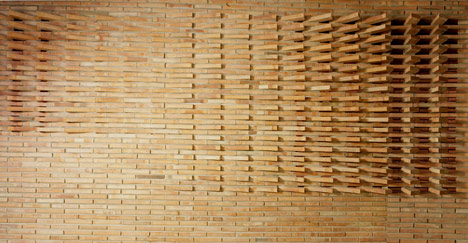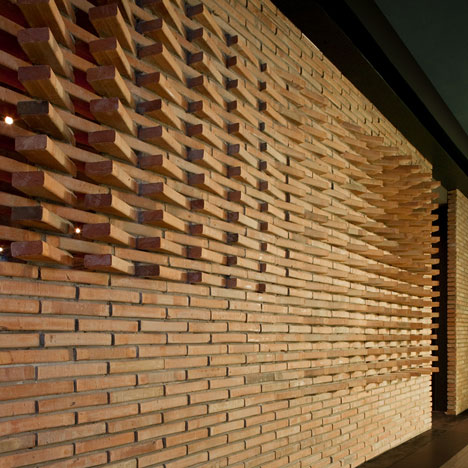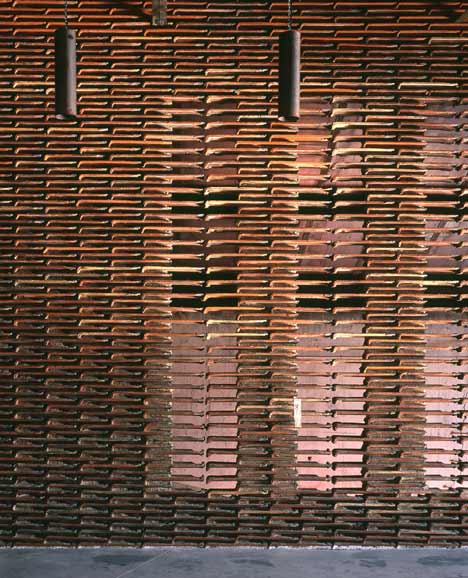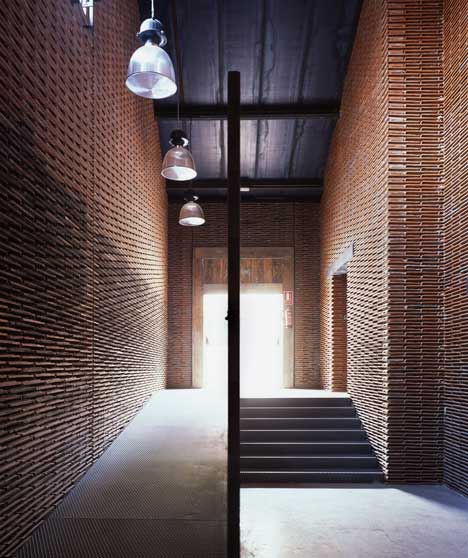AMBIGUITY & CONTRADICTION
Sennett, again, as I potter away with design.

“The impulse is much more to really make the inside and the outside of buildings more interactive, ambiguous…”
"A professor of sociology at the LSE, musician, novelist and unapologetic pipe-smoker, he has for 40-odd years been writing learned, lucid books about society: what's wrong with it, and how to make it better. He concentrates on cities and how we live in them; and so, how we live with other people. His writing is like his ideal city: not too formal, approachable, and a pleasant jumble rather than an austere and imposing procession of made-for-purpose edifices. He is the go-to prof when you want someone who can make a jargon-free case against, say, soullessness in urban planning."
Try as I might, it's hard to describe Richard Sennett much better than the Guardian's Nicholas Lezard did in early 2013.

It had slipped my mind just how great - and, typically of things forgotten, useful for my thesis - David Hockney's early forays into the photographic world were (see above). That is, until I readthis article on his latest foray, using multiple digital cameras in generate a gridded image which becomes a 'moving collage', in Technology review. Not only is the article inspiring, situating this new practice in relation to Hockey's broader oeuvre and in relation to historical constructs of 'perspective', but the resultant images are also stunning. As Hockney points out in the interview,
"Don't we need people who can see things from different points of view?"

A still from the 18-screen video May 12th 2011 Rudston to Kilham Road 5 PM. Credit: ©David Hockney
Having been thinking about the manipulation and opening up of an existing, partially brick building on my site, it has been exciting to tumble through a series of images similar to those which are being constructed on my own drawing board.


Twisted bricks generate an oblique porosity in Studiomake's Dude Cigar Bar.
Increasingly spare steel verticals between horizontals creates a floating weightlessness of an otherwise seemingly 'solid' material in Gijs Van Vaerenbergh's 'Reading between the lines'. The project description and relation to the church typology is particularly compelling.


Back to bricks (or tiles, at least) at Arturo Franco's Warehouse 8B
.
do shadow-people pass through walls?
do footsteps matter if you're voiceless?
do perspectives pulse?

de-framed 1, 2 & 3
All drawings by Sophie Hamer, 2011.
Exhibited inPublication Exhibition.

Site: Mapping Perspectives and Obliques
I'm caught with my pencil, playing games, instigating linework, enabling the inteactions, all the while thinking about James Corner's The Agency of Mapping :
In devising the map (constructing field frames, naming, indexing, graphic iconography and so on), the designer 'sets up' the game-board in a very specific way, not in order to predetermine or prefigure the outcome but rather to instigate, support and enable social forms of interaction, affiliation and negotiation.
- Page 243

"Architecture must now immediately abandon its mythical function of protecting the interior from the exterior and seek rather, through its original function as edge, to protect the exterior from the interior. Instead of hastily repairing the unexpected hole found in the heart of the interior, it must give the hole firm edges so that it will not be filled. Since providing edges or contour is a means of producing a dimension of depth, architecture, by adhering to this trait of character, can make an abrupt dent in, or open a hollow in, our uniformly interiorized, glue-like environment. Architecture will make spaces like puddles in the dips of a paved road, not only altering our monotonous walking rhythm, but also moving us to get our feet wet, cheerfully, in a child-like way. At such a time, our physical bodies might attain that almost cruel brightness of the tram, at the end of Kafka's 'Metamorphosis,' when it carries the family that has set out for the suburbs, leaving the maid to clean up Gregor's dried remains." Hiroshi Nakao, 1998